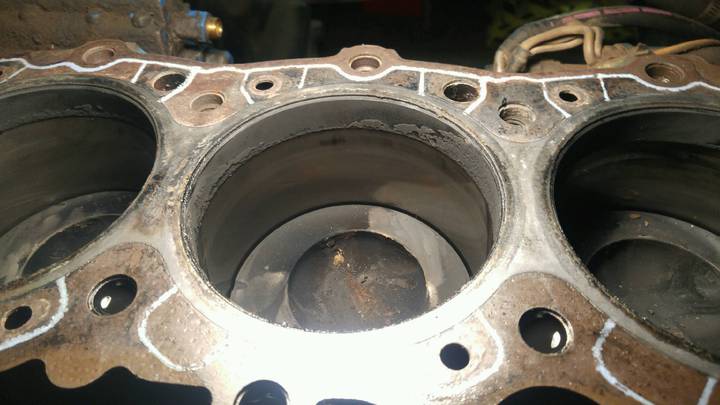I'm so busy right now with other things, I just don't have time to research this.
I have my son's Oliver 1950FWA and an 8 inch hydraulic feed wood chipper with a 200 pound flywheel on it (rated for 100HP). Both substantial pieces. The PTO shaft would have to be cut down to 4 inches on both sides of the slip shafts just to barely fit if I put an overrunning coupler on it, there are only 5 inches left between u-joints. If I skip the coupler, I can get another 8 inches and probably have 12 inch slip shafts left when I cut it down (which still would leave no clearance to mount it, it would have to be mounted as the chipper is hitched, which violates every safety rule I can think of, though I might be able mount it at the highest lift point). I'm really uncomfortable with such a short shaft when it's carrying possibly 100HP, and that may just be a superstitious attitude. It shouldn't bind as it's pretty much a level run from tractor to chipper when in operation.
What is the shortest you'd cut a shaft down to on a 100HP tractor in a heavy load application? I'm talking the contact length of the slip section only, not counting the u-joints. Would you skip the coupler in the application?
Not a very good photo, but this is how short the span ends up being, even with that monster of a 3-point on the Oliver. The distance groove to groove between the tractor and chipper shafts is 22.5 inches, the U-joints eat most of that up.

I have my son's Oliver 1950FWA and an 8 inch hydraulic feed wood chipper with a 200 pound flywheel on it (rated for 100HP). Both substantial pieces. The PTO shaft would have to be cut down to 4 inches on both sides of the slip shafts just to barely fit if I put an overrunning coupler on it, there are only 5 inches left between u-joints. If I skip the coupler, I can get another 8 inches and probably have 12 inch slip shafts left when I cut it down (which still would leave no clearance to mount it, it would have to be mounted as the chipper is hitched, which violates every safety rule I can think of, though I might be able mount it at the highest lift point). I'm really uncomfortable with such a short shaft when it's carrying possibly 100HP, and that may just be a superstitious attitude. It shouldn't bind as it's pretty much a level run from tractor to chipper when in operation.
What is the shortest you'd cut a shaft down to on a 100HP tractor in a heavy load application? I'm talking the contact length of the slip section only, not counting the u-joints. Would you skip the coupler in the application?
Not a very good photo, but this is how short the span ends up being, even with that monster of a 3-point on the Oliver. The distance groove to groove between the tractor and chipper shafts is 22.5 inches, the U-joints eat most of that up.



